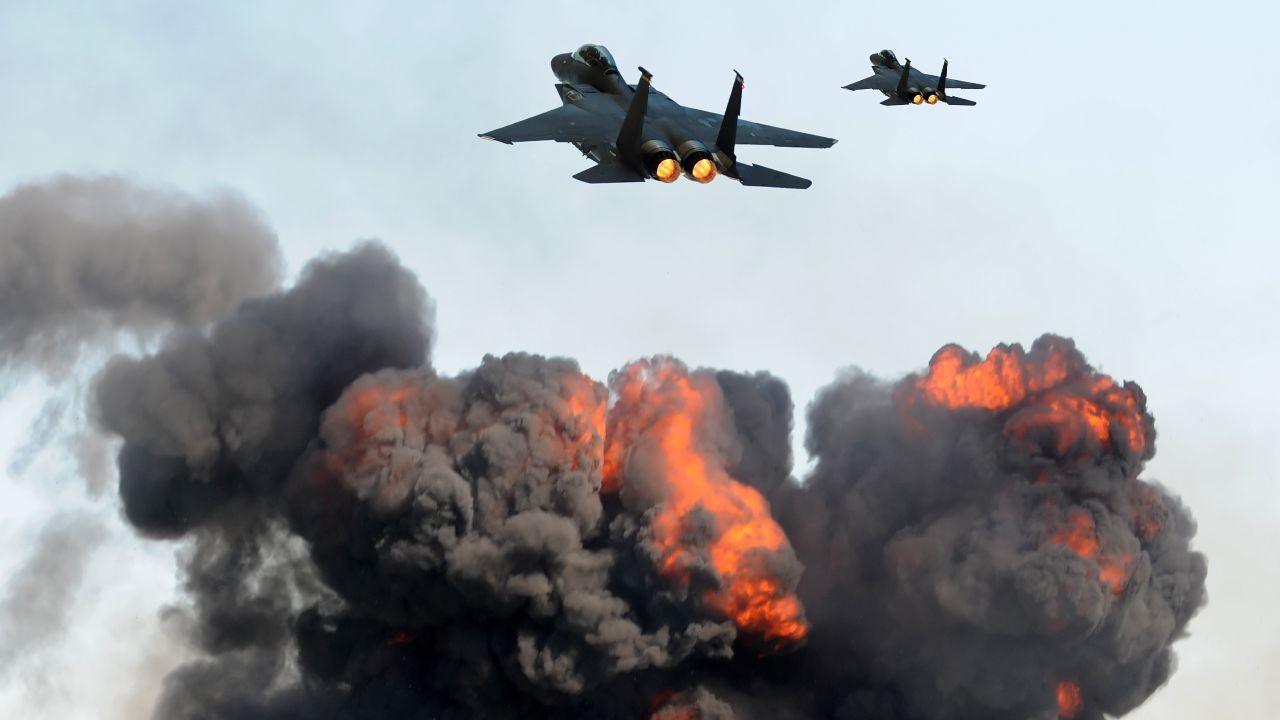Key Facts
- Israel launched a pre-emptive airstrike on Iran's nuclear facilities on Thursday evening, deploying 200 fighter jets and killing multiple key Iranian military figures.1
- Oil prices surged from $68 to $75 per barrel following the attack, reflecting Iran's status as the seventh largest oil producer with over 4 million barrels per day output.2
- U.S. stock markets reacted negatively with the S&P 500 and Nasdaq Composite dropping 1.13% and 1.3% respectively on Friday amid rising Middle East tensions.
- Israel claimed control of the skies over Tehran and warned that 'Tehran will burn' if further missiles are fired, while Iran vowed a more severe and powerful response threatening to target Israeli allies' ships and bases.
- The Israel Defense Forces targeted air defenses around Tehran on Saturday morning and asserted they had achieved complete air superiority and freedom of action.
- The International Atomic Energy Agency confirmed destruction of the above-ground Natanz plant but noted no apparent damage to its underground chambers.
In the very near future, you will see Israeli air force jets over the skies of Tehran. Air force warplanes will target any site and any target of the Ayatollah regime after dealing a real blow to Iran’s nuclear programme.
Benjamin Netanyahu
Prime Minister of Israel
Key Stats at a Glance
Number of fighter jets used by Israel in the airstrike
200 jets
1
Iran's oil production
4 million barrels per day
1
Oil price increase after attack
$68 to $75 per barrel
1
S&P 500 drop
1.13%
Nasdaq Composite drop
1.3%

